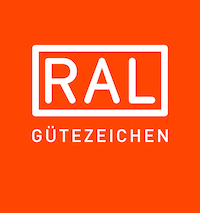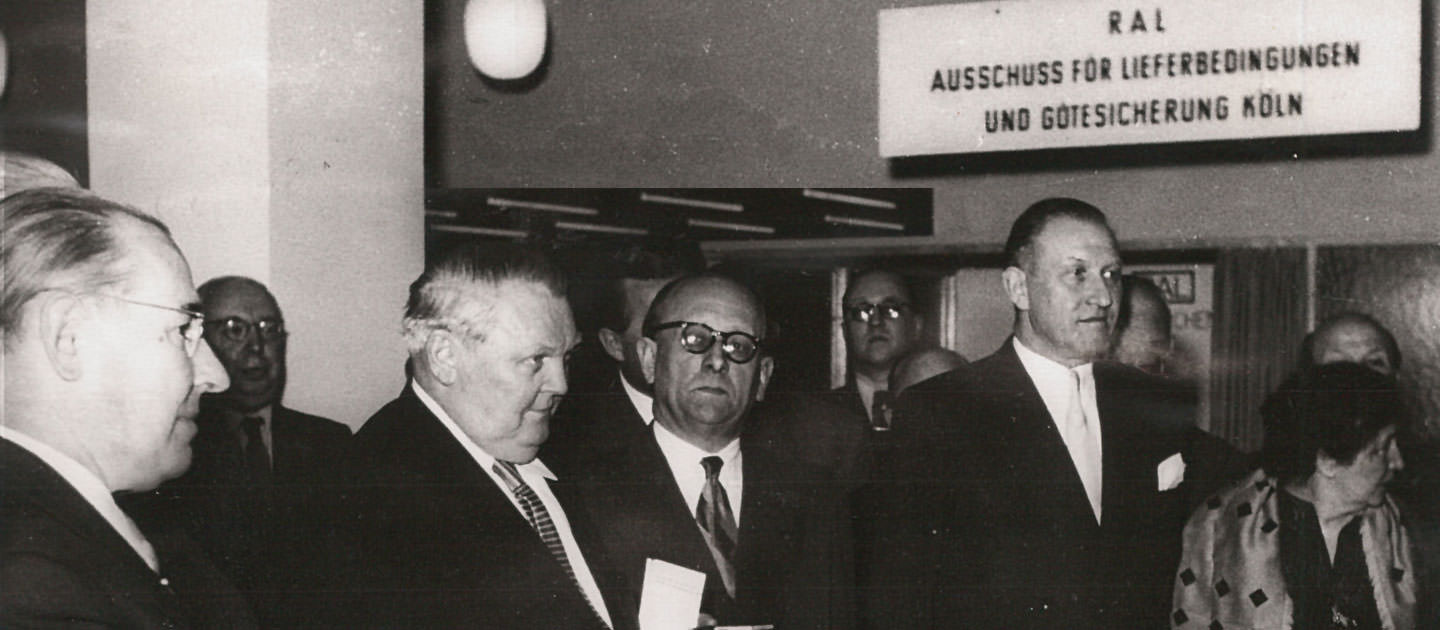After the Second World War, it took a few years before the RAL quality assurance system and quality marks began to play a role again in the economy. The success of the new social market economy and the associated economic recovery quickly made it clear how important it was to have an independent institution that guaranteed unambiguous and reliable quality assurance and technical delivery conditions. In 1952, RAL became affiliated to the Deutschen Normenausschuss (DNA – German Institute for Standardization) and was given the name: Ausschuss für Lieferbedingungen und Gütesicherung (Committee for Delivery Conditions and Quality Assurance).
In contrast to the time of its foundation, RAL did not initially have any legal status of its own but was instead legally represented by the president of the DNA. However, this did not have any effect on its work or the RAL quality assurance system. RAL remained autonomous and independent, while the RAL quality assurance system preserved its reliability and neutrality.
The growing importance of quality assurance at the time meant that it became essential to set down the practical experience gained by RAL in the creation of quality marks and the process itself in legal form.


